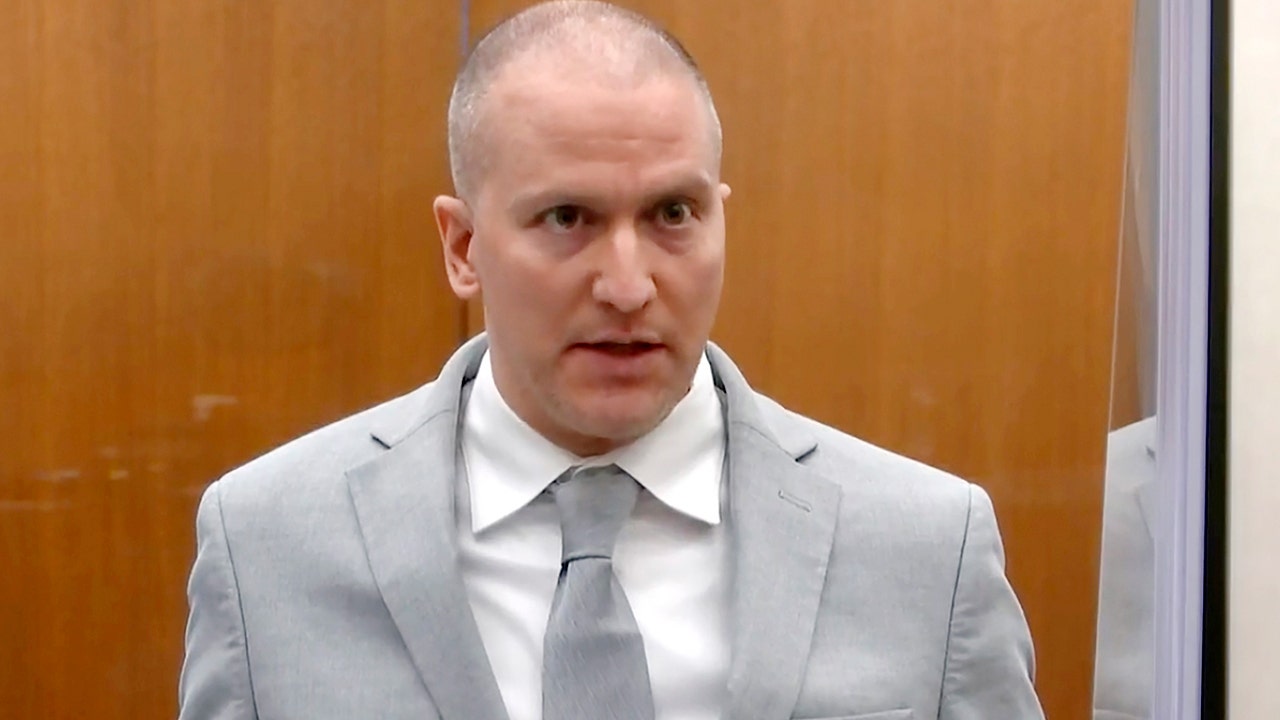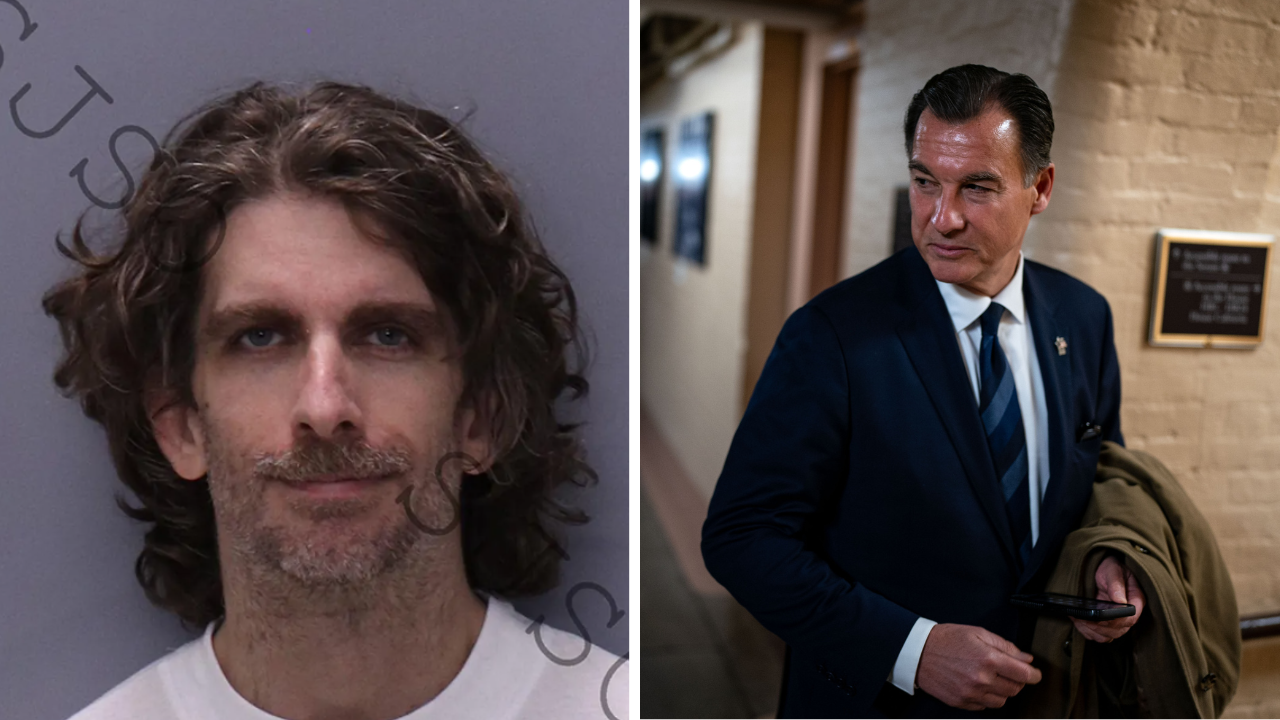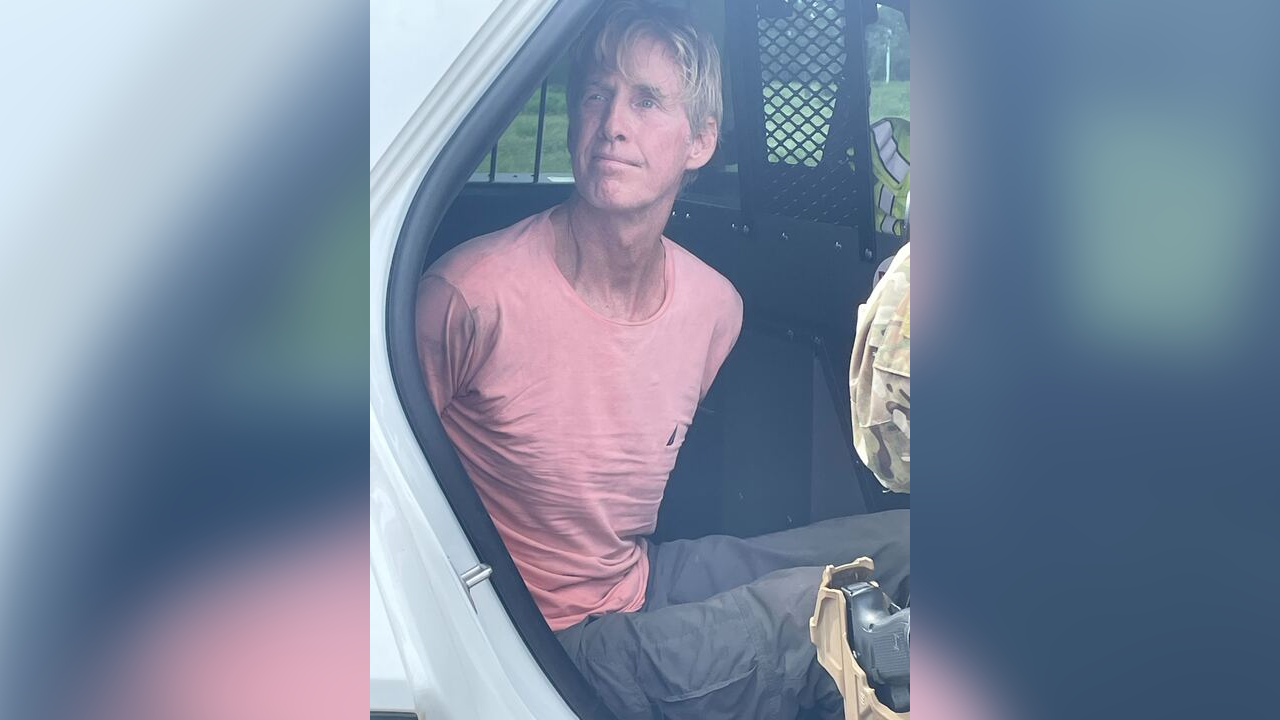Lou Whittaker, a patriarch of the nation’s foremost mountaineering family, who helped to make climbing broadly accessible by building a trusted guide company and creating a tourism industry on Mount Rainier, died on March 24 in Ashford, Wash., a town at the base of that mountain. He was 95.
The cause was congestive heart failure, his son Peter said.
In spite of his many accomplishments in the business, culture and sport of mountaineering, Lou was not the best-known Whittaker. That distinction belongs to Jim, Lou’s identical twin brother, who was the first American to reach the summit of Mount Everest, in 1963, and the longtime chief executive of the outdoor gear company REI. Jim is something of an alpine John Glenn — the doer of a feat of will and skill considered transcendent in the 1960s, a friend of the Kennedy family and the subject of action-shot portraits on the cover of Life magazine.
Lou’s sons, too, have become prominent climbers: Rainier Mountaineering Inc. (RMI), the guiding company that Lou co-founded, is now run by Peter and employs his brother, Win, as a veteran guide.
The originals of the Whittaker line shared not only a height of 6-foot-5 and a shoe size of 13 but also impeccable timing. Lou and Jim rose to prominence and success right as the nation took an interest in mountaineering as a death-defying sport for pros and a pastime for tourists and rich adventurers.
After being confused for each other even by acquaintances into their 30s, the twins led increasingly independent lives. Jim grew to be the reserved hero of a past era: Four decades after reaching Everest’s summit, he described the experience as “the high point of my life” to The Seattle Post-Intelligencer. Lou, conversely, was the toast of the town: an institution-building entrepreneur and voluble drinking buddy known for wearing loud turtlenecks, cracking ribald jokes and eating like a barn animal.
The story of their shared passion began in 1939, when two 10-year-olds with asthma discovered that they could breathe freely in the high mountains.
Louis Winslow Whittaker was born 10 minutes after Jim on Feb. 10, 1929, in Seattle, where they grew up. Their father, Charles, sold and installed burglar alarms, and their mother, Hortense (Gant) Whittaker, raised them and their older brother, Barney.
Lou and Jim started climbing when they accompanied Barney on a Boy Scout trip. They soon joined a troop themselves with an inspiring scoutmaster, Tom Campbell, who had lost much of his arm early in World War II and climbed by unscrewing a wooden hand, revealing a hook, then hooking up rock faces.
By 18, the boys had conquered most of Washington’s major peaks, though much of their mountaineering came on rescue missions. They learned lessons from tragic mistakes: After one climber, who stepped on his poncho on a ledge, slipped and fell to his death, they never wore loose clothing at elevation. They also gained stories with which they would regale listeners for decades to come. Twice while climbing the highest mountain in North America, Denali, in Alaska, they heaved an injured climber into a two-seater helicopter, then had to grab the vehicle by the pontoons and pitch it off a cliff to be able to take off.
Lou and Jim both received basketball scholarships to attend Seattle University. Both were pre-med majors and education minors, and both earned Bachelor of Science degrees in 1952.
Instead of being deployed to the Korean War, they taught members of the Army’s 10th Special Forces Group how to ski and climb in the Colorado mountains. They were both honorably discharged when the superintendent of Mount Rainier National Park told the Defense Department that the mountain needed guides.
“Him and I would think and speak alike, and even finish each other’s sentences,” Lou wrote in his book “Memoirs of a Mountain Guide,” published in 1995. “We’d just have to look at each other to know what the other was thinking.”
In the early 1960s, the brothers were selected to join a team of mountaineers aiming to be the first to summit Everest.
As their training went on, Lou worried about supporting his wife and two children while earning no income for months. At the same time, he had the chance to buy into a sporting-goods store in Tacoma. He opted out of the expedition.
When Jim returned as a celebrity, Lou met him at the airport. “Now you know you can do it, Lou,” Jim said.
Yet their lives began to diverge. Jim got involved in politics, running Robert F. Kennedy’s 1968 Democratic presidential primary campaign in Washington State and cutting back on mountaineering, while Lou got more involved in business. The two brothers tried climbing K2 together in 1975 but found themselves fighting, with Lou believing that Jim’s second wife, whom he had brought on the expedition, was in over her head. The two brothers, Lou wrote, stopped going on hikes together.
In 1969, he partnered with a local lawyer, Jerry Lynch, to establish RMI. Mr. Lynch handled the business side, and Lou trained guides, planned the routes and oversaw hikes. Early on, he gained a concession from Mount Rainier National Park to be the sole sanctioned guide service. Some of the world’s top climbers, like Ed Viesturs, have worked as RMI guides.
Mount Rainier is an active volcano covered in glaciers that dominates its landscape: It can been clearly seen from Seattle, about 75 miles away. It is accessible enough for amateurs to climb but difficult enough to make reaching its summit feel like a major achievement.
“I never get tired of seeing people’s faces when we get to the summit, of hearing them shout, or weep, with joy,” Lou wrote in his memoir.
Lou and his sons founded many businesses and activities in Ashford, including a gear retailer, a shuttle bus service, a mountaineering training facility, a bar and grill, a bunkhouse and a film festival — all of which have made what was an old timber town into a popular base for tourists heading in and out of Mount Rainier National Park.
Last year, when Jim visited Lou at home, Peter recalled, Lou walked over to his front door, using a cane — then put it aside, stood erect, threw his shoulders back and opened the door. The two old mountain men looked each other in the eye. “How much do you weigh?” Jim asked. “Two hundred,” Lou said. Jim smirked. “I’m 205,” he said.
He was the winner — the twins prized burliness.
At 94, they were still trying to impress each other.
Lou Whittaker married Patricia Wales in 1950; they separated in 1969 and later divorced. He married Ingrid Widmann in 1976. In addition to her, his brother and his sons, he is survived by three grandchildren and two great-grandchildren.
Lou’s memoir chronicles a stomach-churning amount of death and injury. In 1981, 11 people died in an icefall during a guided in part by Peter. It was later determined to be an unavoidable act of nature. Lou himself led two Everest expeditions; during the first, in 1982, a beloved RMI guide, Marty Hoey, fell to her death. Lou estimated that he saved only half of the people he went after on rescue missions throughout his life.
When he was not jovially holding court around Rainier, Lou revealed an introspectiveness he had gained reflecting on brushes with death and long hours alone on mountainsides. To explain his love of climbing high peaks, despite the risks, he liked to quote a line from “Dying Speech of an Old Philosopher,” a poem by Walter Savage Landor: “I warm’d both hands before the fire of Life.”






